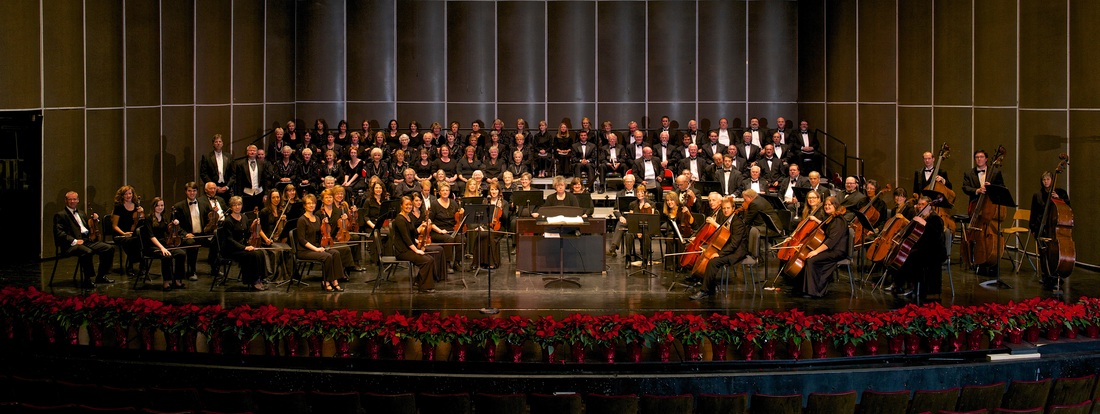Handel’s “Messiah” will be performed 7:30 p.m. Dec. 1 and 2 at the Cox, 350 S. 700 East, St. George. Admission to the concert is free, and attendees are encouraged to arrive early, as there are no reserved seats.
Locally, this year marks the 33rd performance of “Messiah” by the Southwest Symphony and Chorale with the Community Chorus in St. George. The choir and soloists are rehearsed and prepared by Robert Briggs and the concert is directed by Gary Caldwell.
The music for Messiah was completed in 24 days of swift composition. The autograph score’s 259 pages show some signs of haste such as blots, scratchings-out, unfilled bars and other uncorrected errors, but according to the music scholar Richard Luckett the number of errors is remarkably small in a document of this length.
In the Christian tradition, the figure of the “Messiah” or redeemer is identified with the person of Jesus, known by his followers as the Christ or “Jesus Christ”. Handel’s Messiah has been described by the early-music scholar Richard Luckett as “a commentary on [Jesus Christ’s] Nativity, Passion, Resurrection and Ascension”, beginning with God’s promises as spoken by the prophets and ending with Christ’s glorification in heaven.[ In contrast with most of Handel’s oratorios, the singers in Messiah do not assume dramatic roles, there is no single, dominant narrative voice, and very little use is made of quoted speech. In his libretto, Jennens’s intention was not to dramatise the life and teachings of Jesus, but to acclaim the “Mystery of Godliness”, using a compilation of extracts from the Authorized (King James) Version of the Bible, and from the Psalms included with the Book of Common Prayer (which are worded slightly differently from their King James counterparts).
The three-part structure of the work approximates to that of Handel’s three-act operas, with the “parts” subdivided by Jennens into “scenes”. Each scene is a collection of individual numbers or “movements” which take the form of recitatives, arias and choruses. There are two instrumental numbers, the opening Sinfony in the style of a French overture, and the pastoral Pifa, often called the “pastoral symphony”, at the mid-point of Part I.
In Part I, the Messiah’s coming and the Virgin Birth are predicted by the Old Testament prophets. The annunciation to the shepherds of the birth of the Christ is represented in the words of St Luke’s Gospel. Part II covers Christ’s Passion and his death, his Resurrection and Ascension, the first spreading of the Gospel through the world, and a definitive statement of God’s glory summarised in the “Hallelujah”. Part III begins with the promise of Redemption, followed by a prediction of the Day of Judgment and the “general Resurrection”, ending with the final victory over sin and death and the acclamation of Christ. According to the musicologist Donald Burrows, much of the text is so allusive as to be largely incomprehensible to those ignorant of the biblical accounts. For the benefit of his audiences, Jennens printed and issued a pamphlet explaining the reasons for his choices of scriptural selections.

